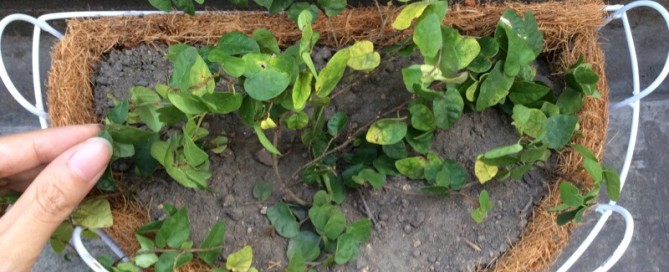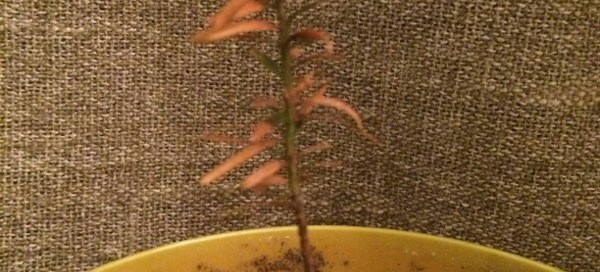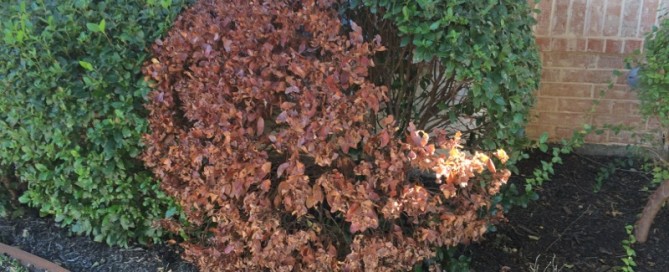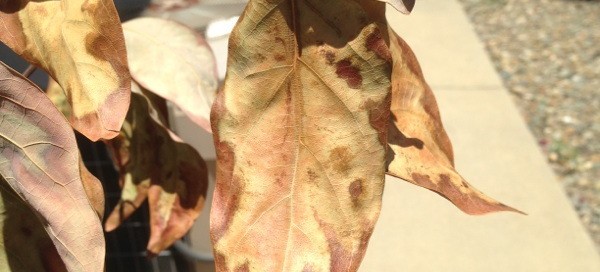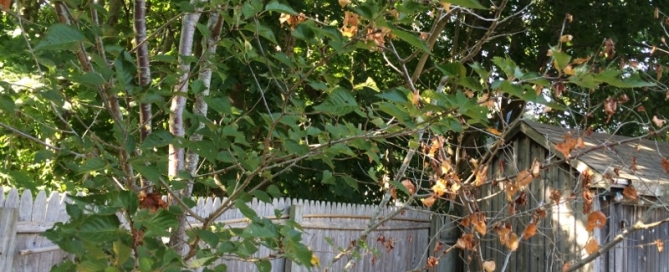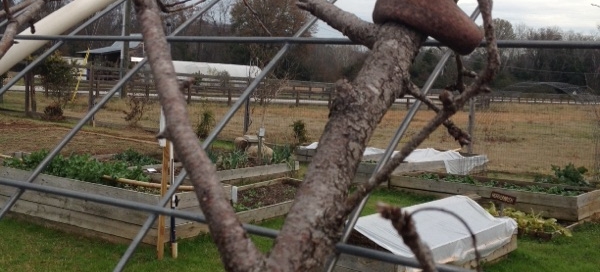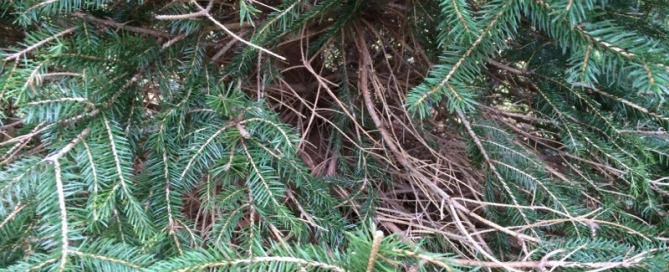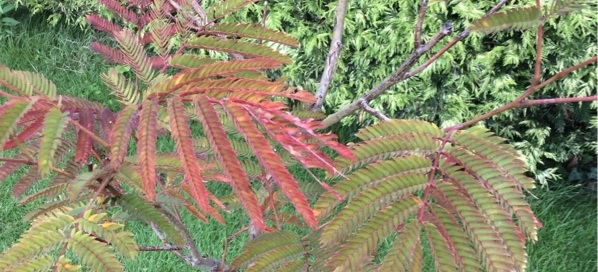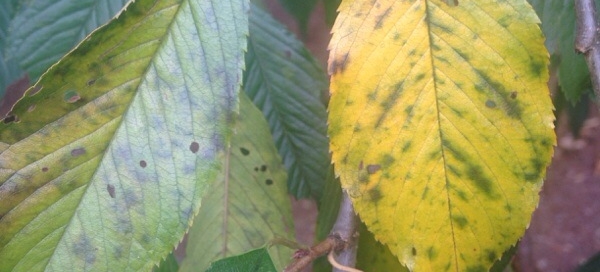Cant Say For Sure
We're sorry but we can't specifically diagnose the droopiness from your photo. It may have been caused by several things, but we did notice in your photo that the soil outside the hole where the tree is planted is much different than the soil around the immediate root zone (or in the hole). If your ground soil is very heavy clay and you had difficulty digging a hole for the tree, and then put very different soil in the hole/around the roots when planting, this creates a poor drainage situation, and the potential for root rot. (you may be witnessing the first signs of failing roots because they are too wet). Additionally, many plants, including Avocado, won't grow a healthy root system if the roots cannot penetrate the very heavy clay and/or compacted soil outside of the hole they were planted in. You may want to consider replanting this tree in a much larger hole that is not limited by heavy clay at the bottom or sides of the hole. Organic amendments are a great choice for improving drainage in heavy clay soils but you have to amend a much larger area than the existing root-ball. Hope this helps, but we've included this link that will give you more specific info about growing Avocado trees. http://www.ipm.ucdavis.edu/PMG/GARDEN/FRUIT/avocados.html

